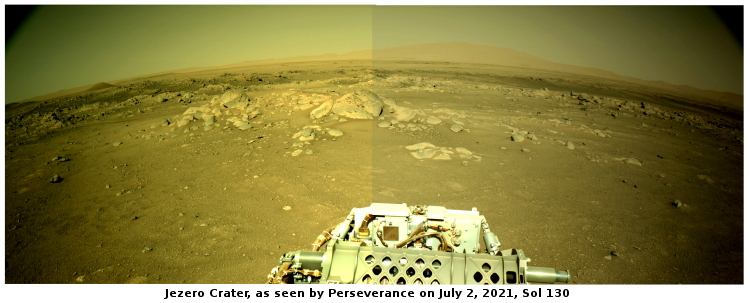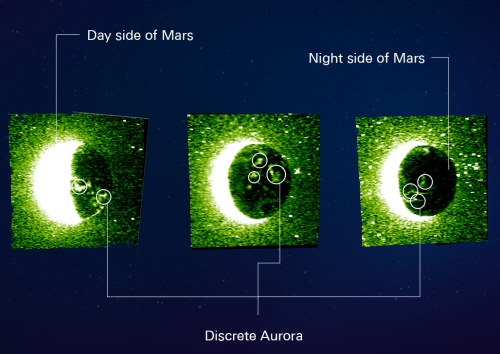Enrollment in public schools plunges
Good news! Federal government data for the 2020-2021 school year shows a steep drop in enrollment in public schools, with the biggest declines in the youngest grades.
While overall the drop was only 3%, the drop was stunning from parents enrolling their children for the first time.
Even more stark is the drop in enrollment among younger students. Preschool enrollment fell by 22%, and preschool and kindergarten enrollment combined dropped 13%.
The drop is even more significant in that it is really the first such decline in decades.
It appears that almost one in four parents have decided that public schools are not a good place for their little ones. Foolish mask mandates, absurd social distancing rules, and leftist propaganda promoting bigotry and sexual perversity are not what they want for their kids.
In a sane world, we would quickly see a reduction in the budgets for these public schools. Sadly this is not likely. Too many local politicians are under the thumb of the teacher unions, and serve them, not their constituents.
In the end however these budgets must be cut, if not entirely zeroed out. As long as the money keeps flowing to these corrupt institutions, they will have power and will use it for bad ends.
Let me add one more point: Considering the horrible state of the public schools, their mistreatment of children in connection with COVID, their failure to teach anything well in the past few decades, their new endorsement of racial bigotry and hatred, and their increasing partnership with radical sexual perversity, I must ask: Why on Earth are 78% of parents still sending their kids there?
Good news! Federal government data for the 2020-2021 school year shows a steep drop in enrollment in public schools, with the biggest declines in the youngest grades.
While overall the drop was only 3%, the drop was stunning from parents enrolling their children for the first time.
Even more stark is the drop in enrollment among younger students. Preschool enrollment fell by 22%, and preschool and kindergarten enrollment combined dropped 13%.
The drop is even more significant in that it is really the first such decline in decades.
It appears that almost one in four parents have decided that public schools are not a good place for their little ones. Foolish mask mandates, absurd social distancing rules, and leftist propaganda promoting bigotry and sexual perversity are not what they want for their kids.
In a sane world, we would quickly see a reduction in the budgets for these public schools. Sadly this is not likely. Too many local politicians are under the thumb of the teacher unions, and serve them, not their constituents.
In the end however these budgets must be cut, if not entirely zeroed out. As long as the money keeps flowing to these corrupt institutions, they will have power and will use it for bad ends.
Let me add one more point: Considering the horrible state of the public schools, their mistreatment of children in connection with COVID, their failure to teach anything well in the past few decades, their new endorsement of racial bigotry and hatred, and their increasing partnership with radical sexual perversity, I must ask: Why on Earth are 78% of parents still sending their kids there?














